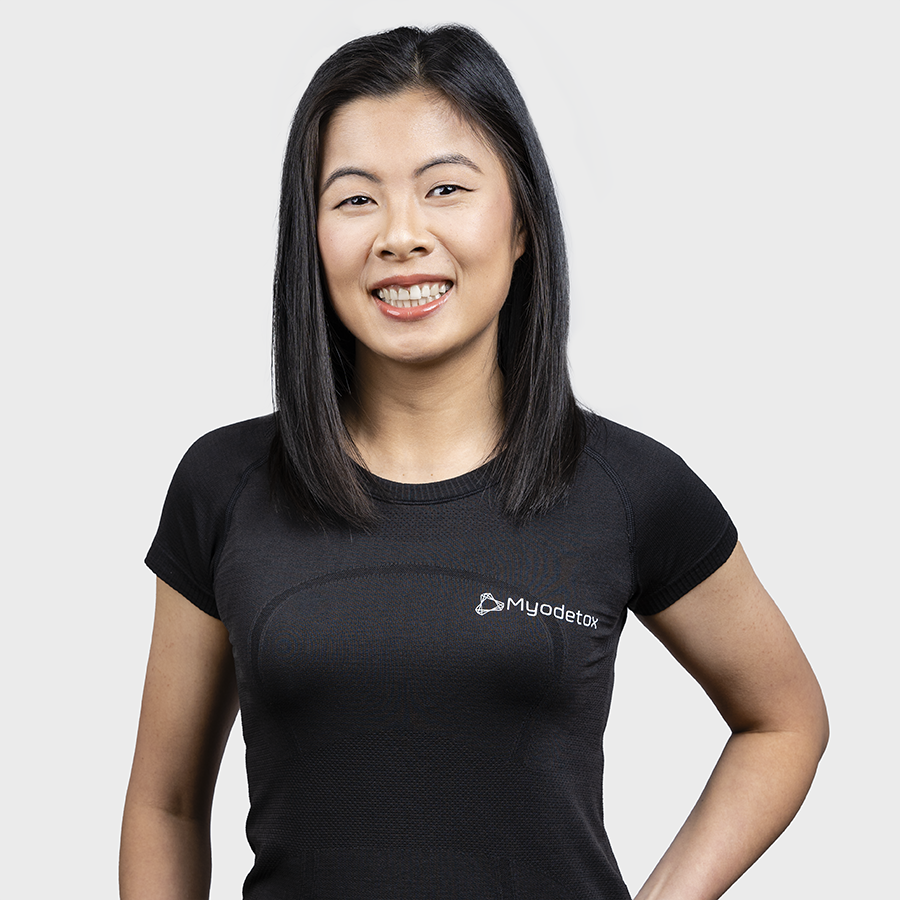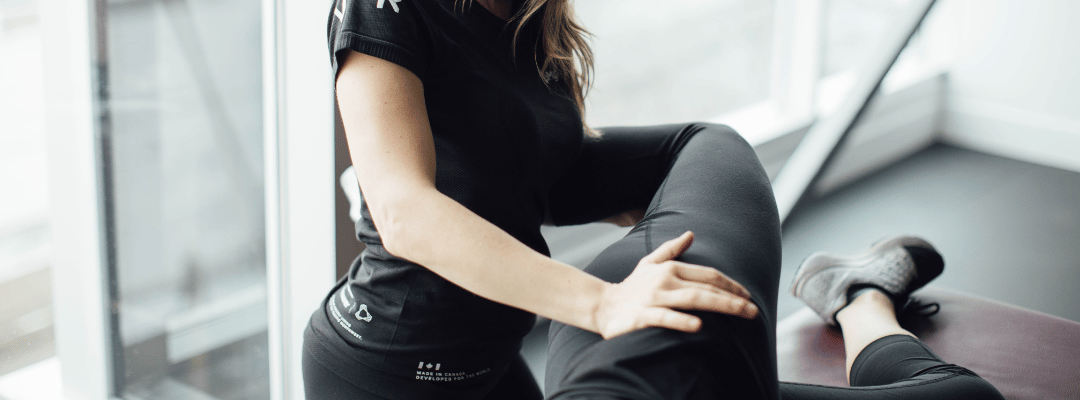Protect Your Hamstrings
If you were to ask any individual to show you a stretch for the body, there’s a 99% chance they would bend over to reach their toes with their hands. This universal flexibility exercise is known to stretch the hamstrings.
But what do the hamstrings do, and why are they prone to strains? Here, we’ll dive into why you should be aware of hamstring strains and what you can do about them.
What Are the Hamstrings?
The hamstring muscles are three muscles found at the back of the thigh. Their main function is to bend the knee, otherwise known as flexion. An easy example of their movement is bringing your feet to your buttock. Though they function to bend the knee, they’re also stabilizers for walking, running, and absorbing impact from a jump.
The hamstrings are made up of the biceps femoris (the outside hamstring), semitendinosus, and semimembranosus muscles. All three muscles attach at the hip and knee, essentially crossing two different joints. Therefore, they not only contribute to bending of the knee, but extension of the hips (working alongside the glutes).
During walking and running, the hamstrings play a role in the heel phase in which the leading foot makes initial contact with the ground, absorbing the energy from the ground to protect the knee and hips. Furthermore, it helps pull the center of mass forward, propelling forward motion.
However, when your feet make initial contact with the ground (often starting with the heel), the hamstrings are placed in their most stretched position underload. This leads to an eccentric contraction, where the hamstrings undergo load in a lengthened position, risking strain if the force is strong enough.

What Are Hamstring Strains?
Strains to the hamstring muscles are the most common muscle injury in athletes and everyday people. They are sometimes known as “pulled hamstrings”, and most prevalent in sports like sprinting, track & field, soccer, and basketball. Hamstring strains make up 12-16% of athletic muscle injuries, and have a reinjury rate of 22-34%. They are typically seen in males more than females.The mechanism of injury is often associated with overload placed on the hamstring in a lengthened position, followed by a quick contraction, such as the initial contact and shock absorption at the heel while running.
Severe strains can lead to partial or complete tears of the hamstring. These are graded from 1 to 3:

Who Is Most at Risk of Hamstring Strains?
Those most at risk of developing a hamstring strain show:There are many factors that may relate to the development or recurrence of hamstring strain. Males aged 16 to 25 years old, with asymmetrical differences in function, are at most risk. Identifying areas of opportunity is key, and should be done with your physical therapist, chiropractor, or massage therapist.
What Do Hamstring Strains Feel Like?
Those experiencing hamstrings strains may have:Your physician, physical therapist, chiropractor, or massage therapist can help differentiate your hamstring strain, review the involvement of the sciatic nerve, and help start the first steps into rehabilitation or prevention. Your physician may order imaging to determine the extent of damage, if necessary.
How Do You Treat and Manage Hamstring Strains?
Thankfully, the majority of strains can be managed conservatively. Grade 1 and 2 strains will usually require rest, ice for 10-20 minutes at a time, activity modification, and pain medications directed by your physician. Grade 3 strains may require surgical intervention. In the early stages, rehabilitation is meant to focus on protecting the tissue, and minimizing any loss of motion and strength.Early on, your physical therapist should guide you through progressive and safe exercises focused on strength and re-establishing movement. Though some pain is expected, each exercise progression into further mobility and functional strength should be as pain free as possible. Exercises will not only focus on range of motion and strength, but trunk stability and movement retraining specific to your activity. This is key for reducing other extraneous factors that can contribute to hamstring injuries (e.g. lumbopelvic instability, poor strength at the glutes and quadriceps).
Hands-on therapy, such as myofascial techniques, acupuncture, and dry needling may complement therapy by reducing muscle spasms and pain along areas of the body experiencing overuse. Once tissue is healed, further application of hands-on therapy may help improve range of motion at the hamstring, and bring further input to the body for functional movements.



